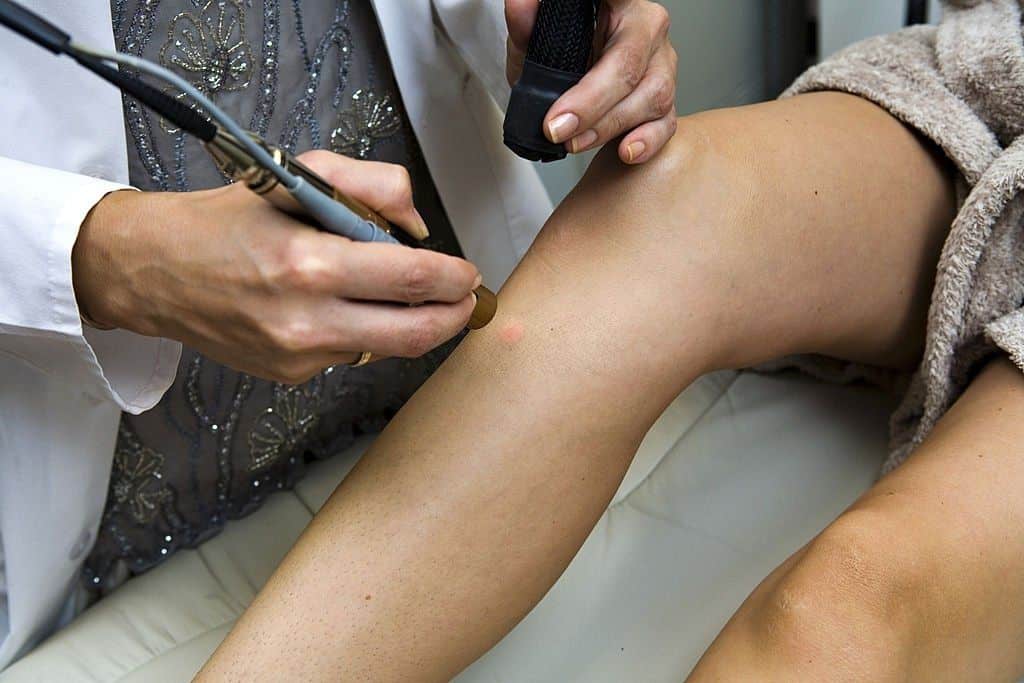How to make rose water? Easy peasy! Here we are to serve. Are you fans of rose water? Do you prefer homemade products for better hygiene? If yes, flip through the end of our paper for a more in-depth outlook on three common ways of creating rose water by yourself.
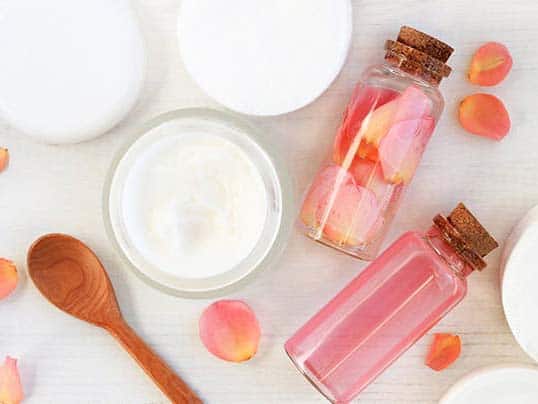
How To Make Rose Water? – Three Common Methods
#1. Simmering Approach
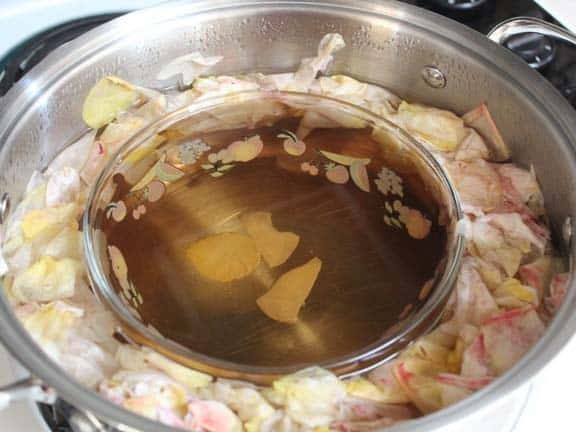
We do regard simmering as the easiest and fastest DIY method for all beauty lovers among ways of making rose water. You will need a strainer, a broad pot, a closed container, distilled water, rose petals, and measuring cups.
Prepare the roses
Prepare half to one cup of fresh petals removed from rose stems or a quarter-sized cup of dried petals. If you do not know, two to three full flowers offer you one cup of raw petals.
When you amount to the desired petals, gently wash off those rose petals under water. Make sure you have got rid of bugs or dirt before moving to the next step.
Add water onto the pot of petals
Submerge your petals in one cup and a half of water; remember that rose water gets diluted if you pour too much into the pot. Besides, filtered water is a great substitution if distilled water is unavailable in your residence.
Simmer the rose water
Boil the pot and do the procedure step by step. When you notice the water starts simmering, set a lower temperature. Switch the heat off when your petals turn into a less pinky color. Then leave the uncovered pot for a while to cool down.
Strain your mixture
Pick a strainer with muslin cloth for a superior condensed color. From that, you can split new rose water from the petals. After you finish straining your mixture, discard those petals.
Store rose water in a container with lid
You can place your rose water in a sealed container such as a jar or spray bottle. You can keep your rose water in your refrigerator within 30 days or in the bathroom within 14 days.
#2. Distilling Approach
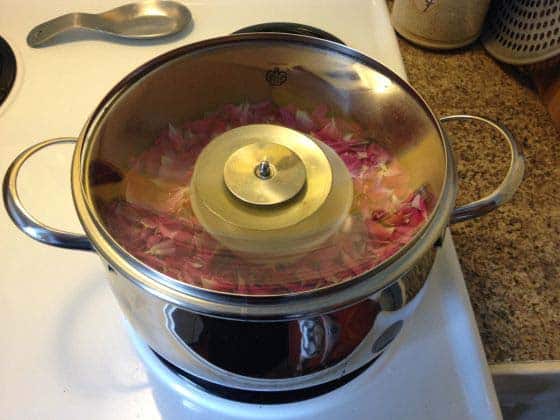
If you prefer a less modern way to create rose water, go for distilling. Although this approach is time-consuming, the final result will be more natural with a more transparent color than the method above.
But before starting, you will need a sealed container, a strainer, a broad pot having a lid, distilled water, a glass bowl, ice, and of course, your rose petals as well.
Prepare the roses
Like the simmering method, you need to prepare one cup and half of fresh petals removed from rose stems or a quarter-sized cup of dried petals.
Remember that two to three full flowers offer you one cup of raw petals. When you have the desired petals, carefully wash off those rose petals under water. Make sure you have eliminated bugs and dirt before moving to the next step.
Prepare a large pot
Put a small glass bowl in the middle of your broad pot. If that bowl does not reach the pot edges, opt for anything temperature resistant, playing as assistant for the lid.
Pour water and petals
Put petals and add water onto the pot but not into the bowl. Then take the lid and turn that bowl upside down, placing it onto your pod. By doing so, you get the lid to catch steam coming from the pot.
Scatter ice above the lid
To stimulate the steam, place some ice on top of the lid, enhancing condensation inside your pot. The rose infusion condensates right underneath of the pod lid, dripping down inside your bowl. And you will notice your rose water looks more pure and concentrated.
We recommend applying a turkey baster method as it helps amass the water already melted previously with an uncovered pot. Lower the heat if the water starts boiling, allowing a simmer. Wait until the color of rose petals turns fade or it will take you around 25 minutes.
Transfer rose water in a jar or spray bottle
Switch off the stove and wait until the mixture cools down before you remove the pot lid. Remember to check whether there are excess water drips or ice cubes in the bowl.
Don’t forget to transition the bowl off the pot before adding rose water into a spray bottle. You can keep your new rose water in the refrigerator within 30 days or in the bathroom within 14 days.
Strain your mixture
Although transferring the mixture in one concealed container means you finish the distillation approach. Besides, you can work with a strainer to isolate your petals from the rose water collected around the bowl.
#3. Crushing Approach
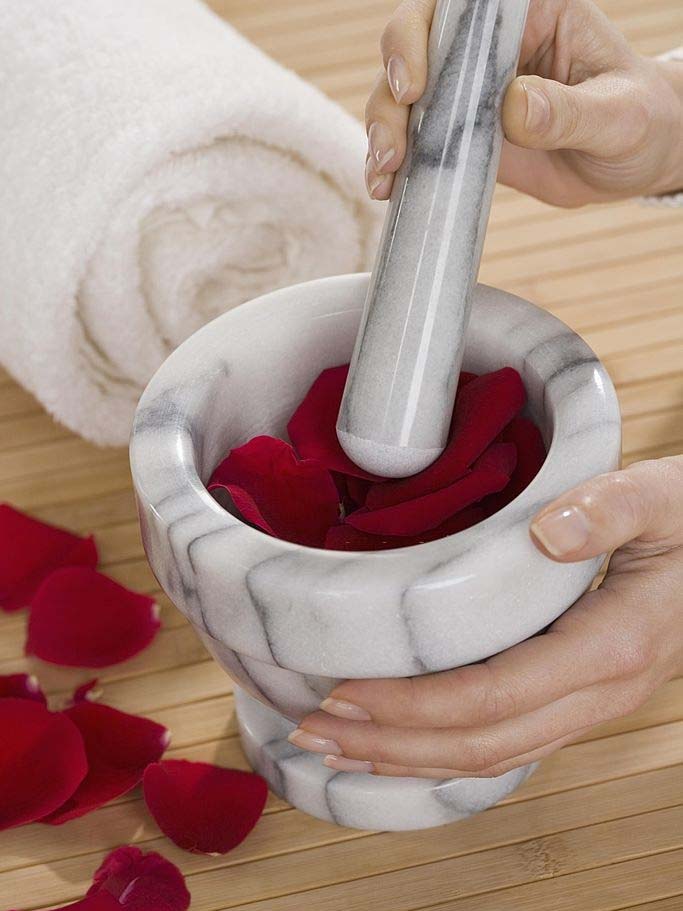
With the crushing method, you follow step-by-step instructions similar to simmering. However, you will have your roses prepared differently. Besides, you can make a bigger quantity of rose water by applying this method.
Before you start, prepare a strainer, a broad pot, distilled water, roses, and a pestle and mortar.
Prepare the roses
Like the two methods mentioned above, you need to prepare one cup and half of the fresh petals removed from the stems, or a quarter-sized cup of dried petals.
Once again, two to three full flowers provide you with one cup of raw petals. When you have prepared the desired petals, discreetly clean those rose petals under water. Check whether you have eliminated bugs and dirt.
Separate two piles
Cut those petals into a pair of piles with proportional sizes. Next, use your mortar and pestle to crush one pile first and squeeze the juice out. Leave the other pile there for later use, which will bring about a more coherent coloring.
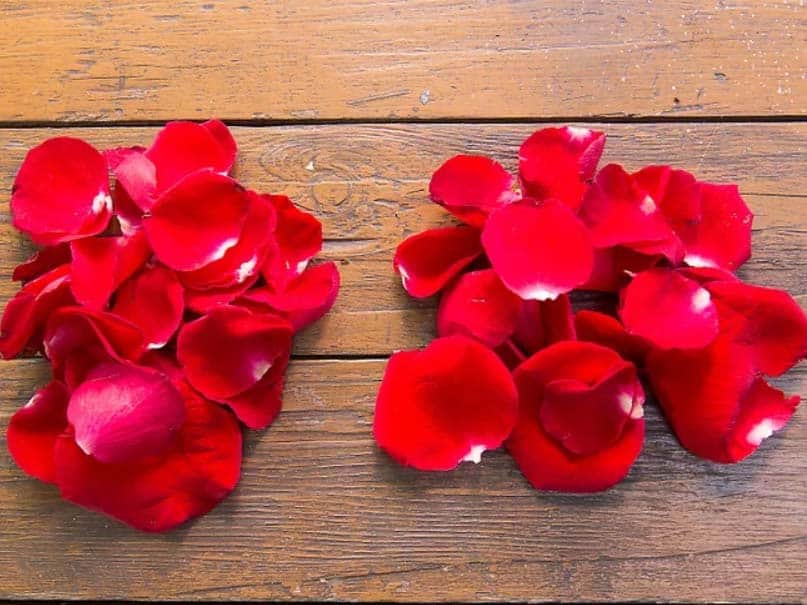
Place the juice into a bowl
Transfer your crushed piles and the remaining amount, if there are any, into a glass bowl. Leave for two to three hours so that the liquid can thicken. Mix with the leftover petals and again leave for an extra one day at the temperature of your room.
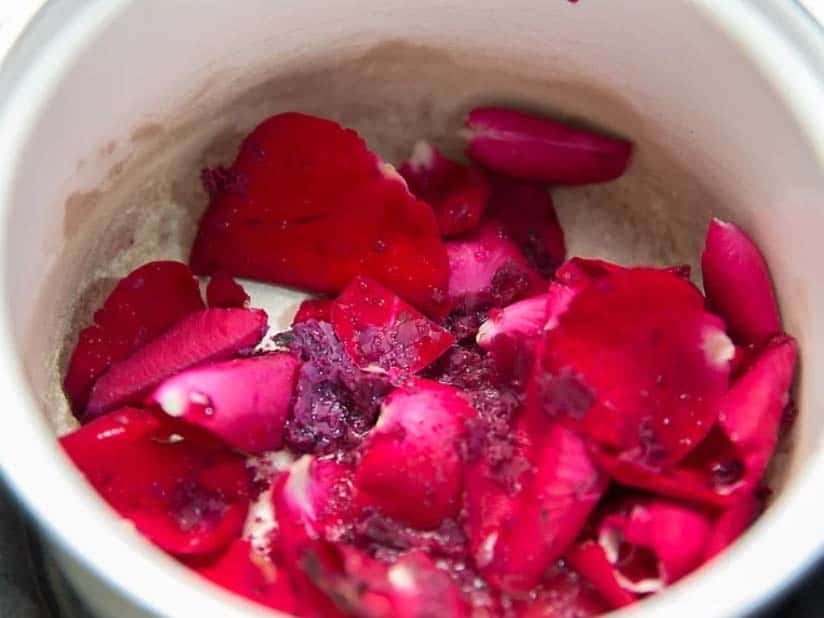
Transfer your combination in a stoneware saucepan
Work with a ceramic saucepan instead of a pot made from metal because the pot will remove the oils and badly damage your rose water’s coloring. Reduce the heat and bring it to a simmer. Once bubbles start to appear, remove your saucepan from the stove and pour new rosewater via a strainer.
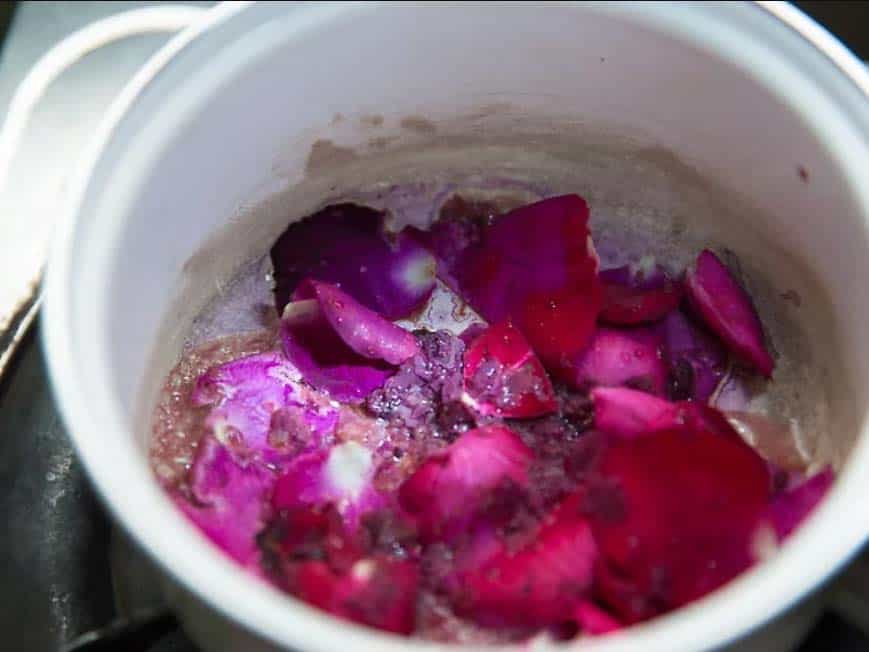
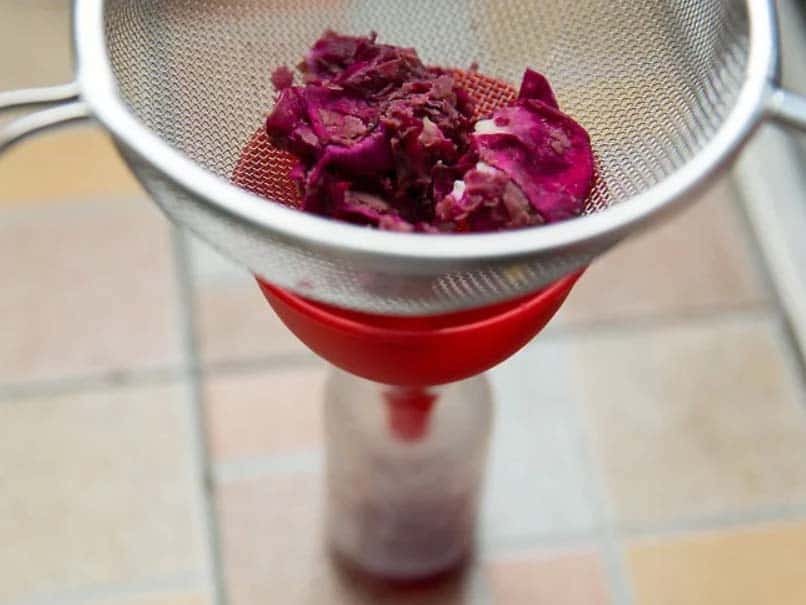
Pour rose water into a container
After transferring your rose water to a concealed container, please leave it in a place having sunlight such as your windowsill within 180 minutes. Light from the sun will prolong the pure oils.
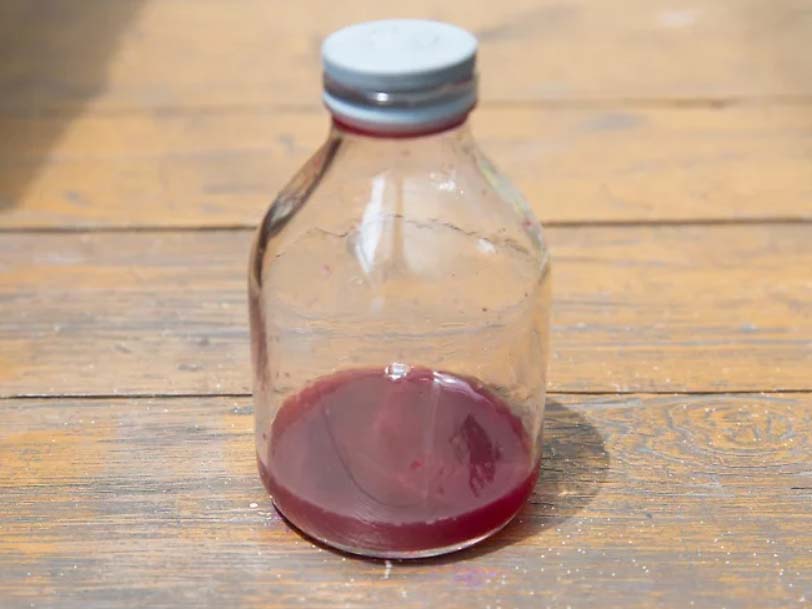
Final Verdict
Hopefully, you are satisfied with our paper guiding how to make rose water. Feel free to share your rose water created by three approaches with us. We appreciate your belief in us!
And lastly, we thank you for choosing our paper to follow.
























